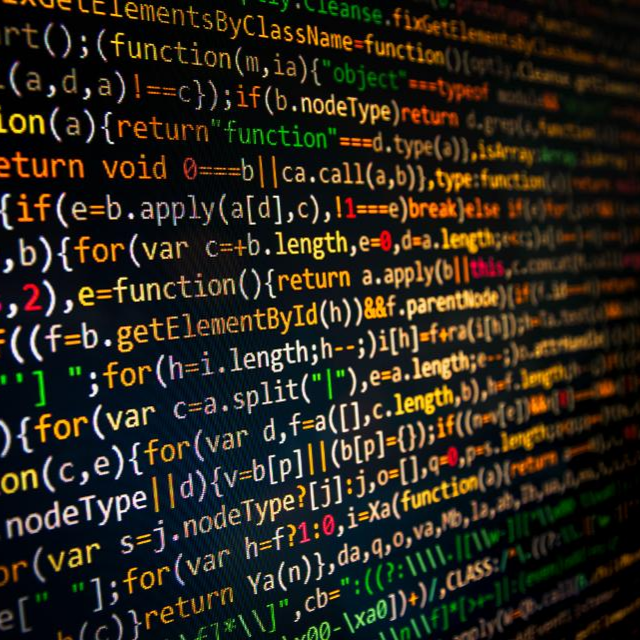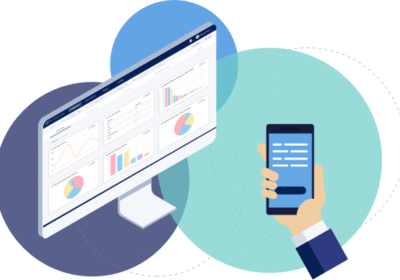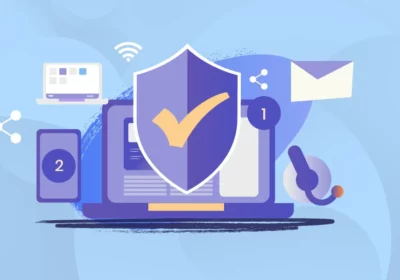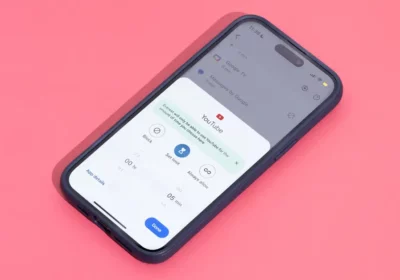Coding is a valuable skill in today’s digital age, with applications in almost every industry. Whether you’re interested in web development, app creation, data analysis, or simply want to understand the technology that surrounds us, learning to code is an excellent investment in your future. In this comprehensive guide, we’ll explore how to start your coding journey, including the essential steps, resources, and strategies to become a proficient programmer.
Step 1: Determine Your Goals and Interests
Before you dive into coding, it’s important to identify your goals and interests. Understanding why you want to learn to code can help you choose the most relevant programming language and projects. Here are a few potential reasons to learn to code:
- Web Development: If you want to build websites and web applications, HTML, CSS, and JavaScript are essential languages.
- App Development: For creating mobile applications, you’ll need to learn languages like Java (for Android), Swift (for iOS), or React Native (cross-platform).
- Data Science: Python is commonly used for data analysis and machine learning projects.
- Game Development: C# is popular for game development, especially in combination with game engines like Unity.
- Automation and Scripting: Python is versatile for automating tasks and writing scripts.
- General Programming: If you’re not sure where to start, languages like Python or JavaScript are great all-round choices.
Step 2: Choose a Programming Language
Selecting the right programming language is crucial. Here are a few popular options for beginners:
- Python: Known for its simplicity and readability, Python is an excellent choice for beginners. It’s versatile and used in various domains, from web development to data analysis and artificial intelligence.
- JavaScript: If you’re interested in web development, JavaScript is a must. It’s used to create dynamic, interactive web pages and is supported by all web browsers.
- HTML and CSS: These are essential for web development. HTML is used for structuring web content, while CSS is used for styling and layout.
- Ruby: Known for its developer-friendly syntax, Ruby is often used for web development with the Ruby on Rails framework.
- Java: While not as beginner-friendly as some other languages, Java is a versatile language used for Android app development and other applications.
- Swift: If you’re interested in iOS app development, Swift is the primary language for creating applications on Apple’s platform.
Step 3: Gather Learning Resources
With your programming language in mind, it’s time to gather learning resources. There’s a wealth of free and paid resources available to help you learn to code:
- Online Tutorials: Websites like Codecademy, freeCodeCamp, and Coursera offer interactive coding lessons.
- Books: Programming books are an excellent resource for in-depth learning. Check out titles for beginners in your chosen language.
- YouTube Channels: Many programmers share their knowledge through video tutorials. Channels like The Net Ninja and Traversy Media offer valuable content.
- Online Forums and Communities: Websites like Stack Overflow and Reddit’s learnprogramming subreddit are great places to ask questions and learn from others.
- Coding Bootcamps: These intensive, short-term programs are designed to teach you coding skills quickly. Look for bootcamps that align with your goals.
- Documentation: Official language documentation is a valuable resource for understanding a programming language’s features and functions.
Step 4: Start with the Basics
Regardless of your chosen language, you should start with the fundamentals. Understand the syntax, variables, data types, and control structures. Focus on building a strong foundation before diving into more complex topics.
Step 5: Hands-On Practice
Practice is key to becoming a proficient coder. Apply what you’ve learned by working on small projects or coding exercises. These projects can include simple games, personal websites, or automation scripts. The more you code, the better you’ll become.
Step 6: Learn How to Solve Problems
Coding is as much about problem-solving as it is about writing code. Develop your problem-solving skills by tackling coding challenges on platforms like LeetCode, HackerRank, or Project Euler. These exercises help you think critically and improve your algorithmic thinking.
Step 7: Collaborate and Share Your Work
Collaborating with others can be a powerful way to learn. Join open-source projects, collaborate with friends, or participate in coding communities. Sharing your code and seeking feedback can help you identify areas for improvement.
Step 8: Build a Portfolio
As you gain experience, create a portfolio of your projects. This can include the code you’ve written, descriptions of the projects, and links to any live applications or websites you’ve created. A portfolio is essential when applying for jobs or freelance opportunities.
Step 9: Keep Learning
The world of programming is dynamic, with new languages, libraries, and frameworks emerging regularly. Continuous learning is essential to stay up to date. Follow programming blogs, take online courses, and explore new technologies as they arise.
Step 10: Seek Career Opportunities
Once you’ve developed your coding skills and built a portfolio, you can start seeking career opportunities. Job boards like Indeed, LinkedIn, and Glassdoor are great places to find coding positions. Additionally, consider internships or freelance work to gain real-world experience.
Common Challenges and Tips:
- Frustration: Coding can be challenging, and you may encounter errors and roadblocks. Patience is crucial. Don’t be discouraged by errors; instead, view them as opportunities to learn and grow.
- Overwhelming Choices: There are many programming languages, frameworks, and tools. Start with one language and build a strong foundation before branching out.
- Impostor Syndrome: Many beginners feel they don’t belong in the coding world. Remember that everyone starts somewhere, and even experienced programmers encounter challenges.
- Consistency: Regular practice is essential for learning to code. Create a schedule that allows you to dedicate time to coding consistently.
- Avoid Copy-Pasting: While it’s okay to reference code and learn from others, avoid copy-pasting code without understanding it. Understanding the code you write is crucial for long-term learning.
- Stay Curious: Embrace a growth mindset and stay curious. Explore new technologies, learn from your mistakes, and seek solutions to problems.
Conclusion
Learning to code is a rewarding journey that opens doors to countless opportunities. Whether you’re aiming to build a career in software development, enhance your problem-solving skills, or create your dream projects, the process of learning to code is filled with discovery and growth. Remember to start with a clear goal, choose the right language, gather resources, and most importantly, practice and stay persistent. You have the tools and support needed to become a proficient coder, so don’t hesitate to begin your coding adventure today.



